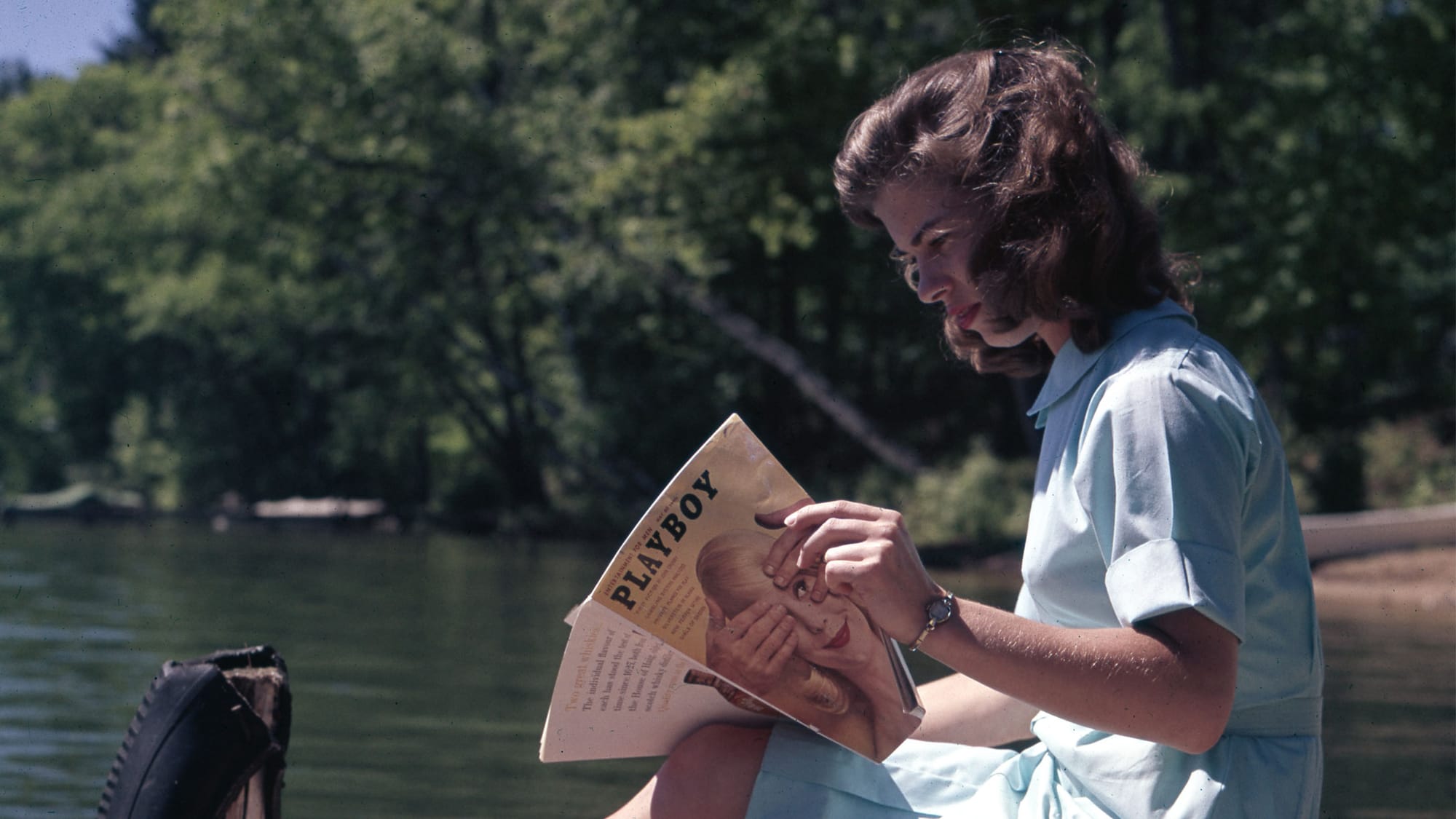What Was Playboy?

I’d thought the Playboy bunny was just a bunny, perhaps a more serious version of the buck-toothed Happy Bunny, when I spied him on a classmate’s shirt in seventh grade. Boy or girl, I forget. What I remember is the mild scandal caused by the shirt.
A debate arose between the teachers who deemed the shirt a violation of the school’s dress code, and the teachers who argued that it was—contentious logo aside—still a shirt, and that the school had no business punishing students for wearing a shirt, especially when those opposed were struggling to articulate what was so offensive about it. This was during the late aughts, when graphic tees featuring cartoon characters were the norm. A cartoon bunny was not particularly lewd or vulgar. The problem, we later learned, was what the bunny stood for.
I was born at the tail end of the '90s; despite growing up in Playboy’s lascivious shadow, my generation came too late to find our sexual awakening in the magazine’s pages. Playboy was, as we understood it, a brand. A brand that represented the forbidden allure of sex, apparently, but a brand nonetheless, a cliché. We had the internet. We could see the real deal with the right keywords.
It’s a paywall, but a small one
Read this post and get our weekdaily newsletter for $3 a month
